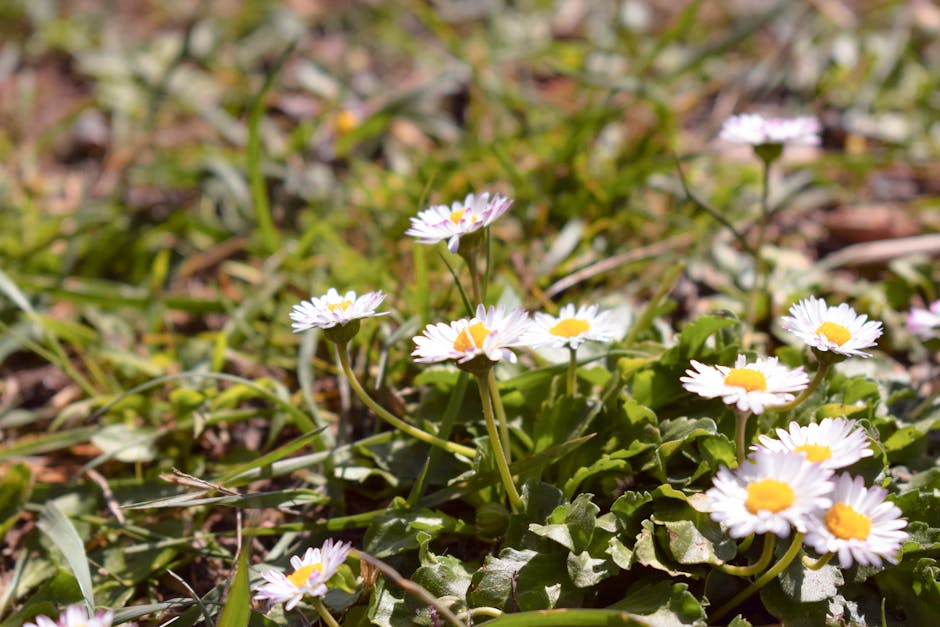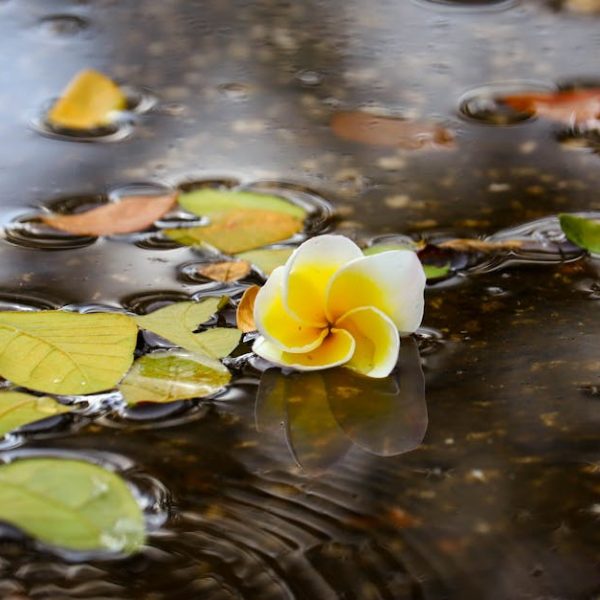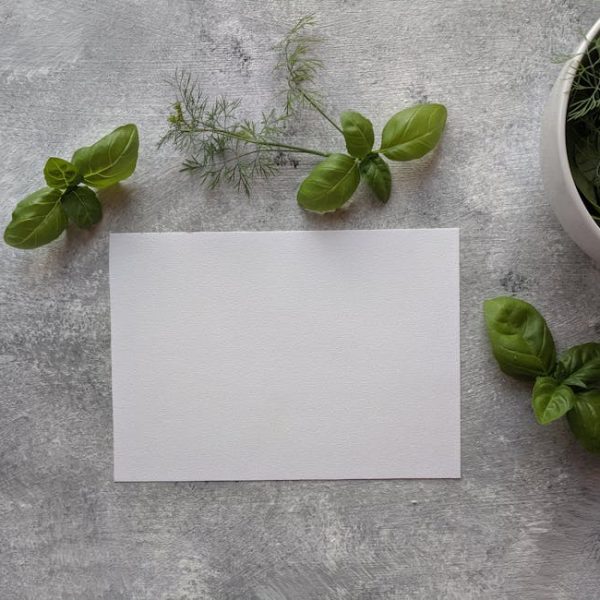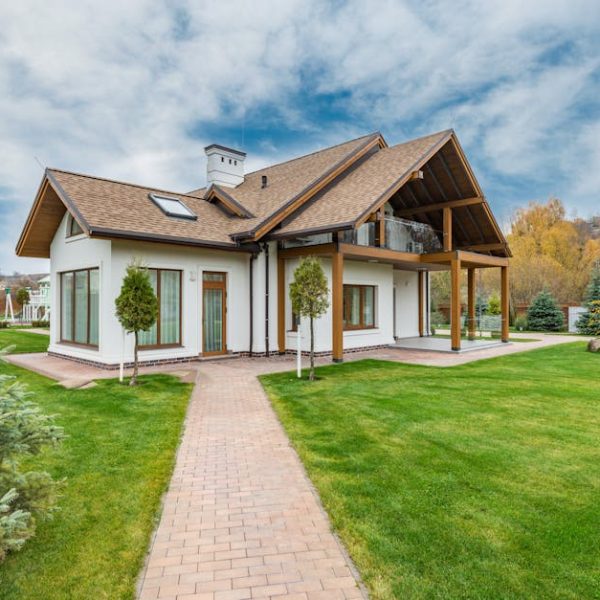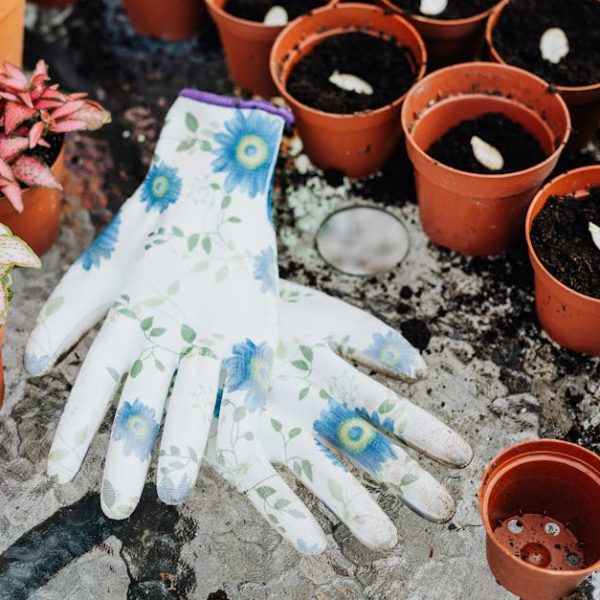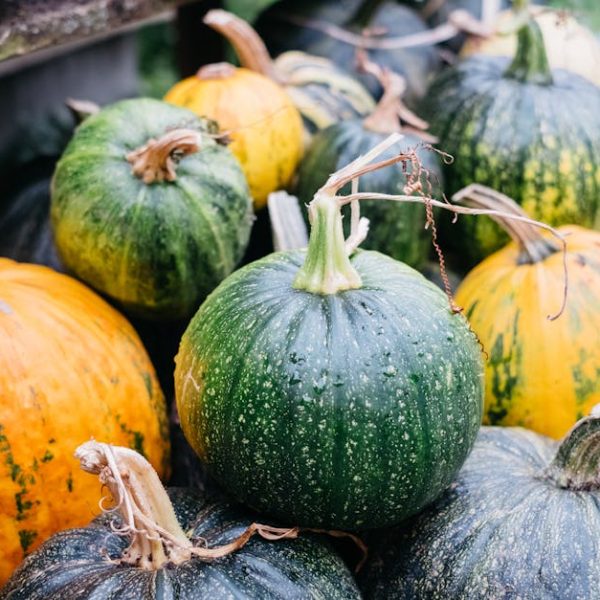Anyone who has ever observed birds darting around a flowering garden can attest to the intricacy and beauty of nature’s own ecosystem. Birds often form symbiotic relationships with certain perennial plants – a camaraderie grounded in mutual benefits. Various types of these long-lasting plants offer robust shelter and bountiful food sources to our avian friends all year round. In a beautiful demonstration of cyclical cooperation, these birds reciprocate by assisting in pollination, allowing for the dispersal of seeds, and even offering an added layer of pest control.
Let’s delve into the features of this mutually rewarding relationship:
- Provide Shelter: Branches and leaves of perennials serve as accessible safe nesting spots or hideaways from predators for birds.
- Offer Food: Birds feed on the seeds, nectar, or pests that thrive on these plants.
- Assists Pollination: Frequent visits by birds encourage cross-pollination, amplifying plant genetic diversity.
- Facilitates Seed Dissemination: Birds eating seeds often spread them across different locales via their droppings, enabling plants to colonize new areas.
- Pest Control: Birds control the pest population that could otherwise harm the plants, acting as a natural pesticide.
Picking the right perennials to attract and particularly feed birds with their seeds is a prudent consideration. Every garden has its unique microclimate and logistical constraints – from predominant local bird species and temperature swings to sunlight exposure and available space. Additionally, alimentary preferences vary from bird to bird, so the perennials that attract robins may not necessarily entice hummingbirds.
Key factors that guide perennial selection:
- Predominant Local Bird Species: This determines the types of seeds, flowers, or insects the birds in your area prefer.
- Climate: Perennials must (ideally) be feasible for your local climate.
- Space: Larger perennials may require more space and can provide more shelter.
- Bloom Season: Different perennials mint flowers and seeds at various times, thus ensuring a steady food supply.
Injecting exotic species into your bird-friendly garden can be alluring. However, this decision has its own implications. While local plants are pre-adapted to regional climatic conditions and support local bird species effectively, they may lack the dazzling visuals offered by some exotic breeds. On the other hand, exotic perennials, while offering novel aesthetics, might not fare well under local conditions and could potentially disrupt the existing ecosystem.
Next, we dissect and depict a list of 14 chosen perennials that offer seeds, which are particularly attractive to birds. We have selected these plants on various criteria like their seed production, attractiveness to different bird species, adaptability to varying climates, and maintenance requisites. Be prepared for some popular names as well as some surprises on this list.
Stay tuned as we pilot through this curated collection of perennials and unpack gardening tips to nurture them in your very own bird-friendly garden.
Top 14 Bird-loving Perennials
Here are the top 14 perennials that offer food-suitable seeds to birds:
- Sunflower (Helianthus)
- Coneflower (Echinacea)
- Milkweed (Asclepias)
- Bee Balm (Monarda)
- Aster (Asteraceae)
- Black-Eyed Susan (Rudbeckia)
- Goldenrod (Solidago)
- Ironweed (Vernonia)
- Indian Grass (Sorghastrum nutans)
- Joe Pye Weed (Eutrochium purpureum)
- Switchgrass (Panicum virgatum)
- Lemon Queen (Helianthus ‘Lemon Queen’)
- River Oats (Chasmanthium)
- New England Aster (Symphyotrichum novae-angliae)

Here’s a brief on each of the perennials:
Sowing and Caring Tips:
Taking care of perennials goes beyond mere sowing. Sunlight, watering frequency, necessary fertilizing, and timely pruning all play integral roles in nurturing these plants. Let’s examine the specifics for each species:
- Sunflower: Full Sun, moderate water, fertilize once a month, prune after flowering.
- Coneflower: Full Sun, low water, no fertilize, deadhead to promote flowering…
(continue for each plant)
Creating a Comprehensive Bird-friendly Environment
In addition to planting bird-friendly perennials, several other measures can ensure a comprehensive bird-friendly ecosystem. Installing bird feeders, bird baths, and bird houses offer the birds food, water, and shelter, respectively.
Here is a checklist to guide your bird-friendly environment creation:
- Bird Feeders: Install bird feeders and keep them clean and sufficiently stocked.
- Bird Baths: Offer fresh water source through bird baths, also keep them clean.
- Bird Houses: If space allows, install birdhouses in your garden.
Now that you are equipped with the knowledge, why not step out and trace the melodious chirp to channel your ornithophile tendencies into crafting a garden that not just you, but your avian visitors also fall in love with. Respect nature’s rhythm and let your garden become a small sanctuary for birds. After all, isn’t it enchanting to sip your morning coffee, accompanied by the merry chorus of a feathered choir?!
Key Takeaway:
- Birds and perennials share a mutually beneficial relationship, with birds providing pollination and seed dissemination while the plants offer food and shelter.
- Choosing the right perennials for your garden depends on factors such as local bird species, climate, space, and bloom season.
- 14 perennials known to attract and feed birds include Sunflower, Coneflower, Milkweed, Bee Balm, Aster, Black-Eyed Susan, Goldenrod, Ironweed, Indian Grass, Joe Pye Weed, Switchgrass, Lemon Queen, River Oats, and New England Aster.
- Ensuring the health and growth of these plants requires appropriate care, including sunlight, watering, fertilizing, and pruning.
- Besides maintaining bird-friendly perennials, install bird feeders, bird baths, and bird houses to create a comprehensive bird-friendly environment.
Creating a bird-friendly garden is a rewarding experience, allowing you to enjoy the beauty of nature right in your backyard while also contributing to the well-being of local bird species. Getting started is easy, and you’ll soon find joy in the chirping of birds visiting your thriving garden.
FAQs
Q: Are all perennials bird-friendly?
A: While birds can benefit from most perennials, some species are especially attractive to birds due to their seeds, flowers, or insects they host. Careful selection of perennials can help attract a diverse range of birds to your garden.
Q: How can I attract specific bird species to my garden?
A: To attract specific bird species, research their dietary preferences and choose perennials that cater to these preferences. Also, consider installing bird feeders filled with their favored food.
Q: Can exotic perennials be incorporated into a bird-friendly garden?
A: Yes, exotic perennials can be incorporated, but they may not be as beneficial to local bird species as native plants, and their maintenance might be more demanding. It’s important to balance the visual appeal of exotic species with the functional benefits of native ones.
Q: Aside from perennials, how else can I make my garden bird-friendly?
A: In addition to planting bird-friendly perennials, consider installing bird feeders, bird baths, and bird houses. These provide food, water, and shelter for the birds, making your garden a more attractive habitat for them.
Q: How can I control pests in my bird-friendly garden?
A: Birds are natural pest controllers, feeding on insects that might harm the plants. If additional pest control is required, consider organic methods or gentle pesticides that won’t harm the birds or disrupt the ecosystem.
Feel free to share this article with your fellow garden enthusiasts and explore more posts on our website to cultivate a beautiful, bird-friendly garden.
